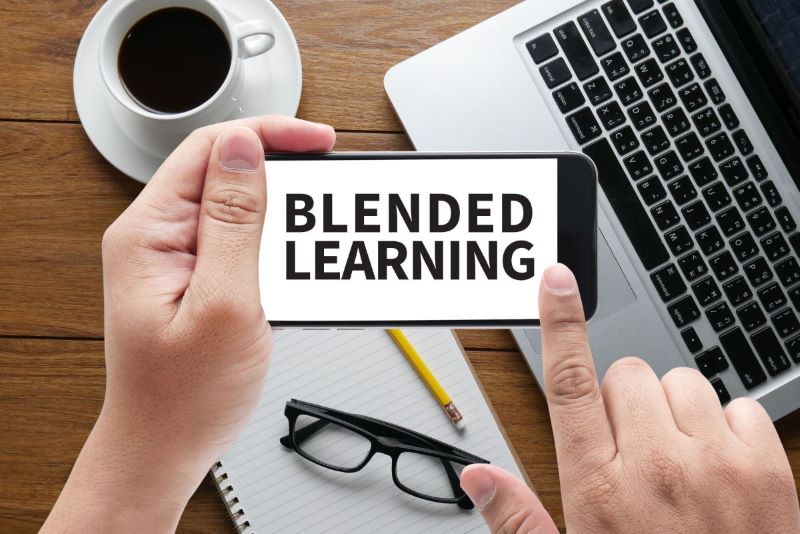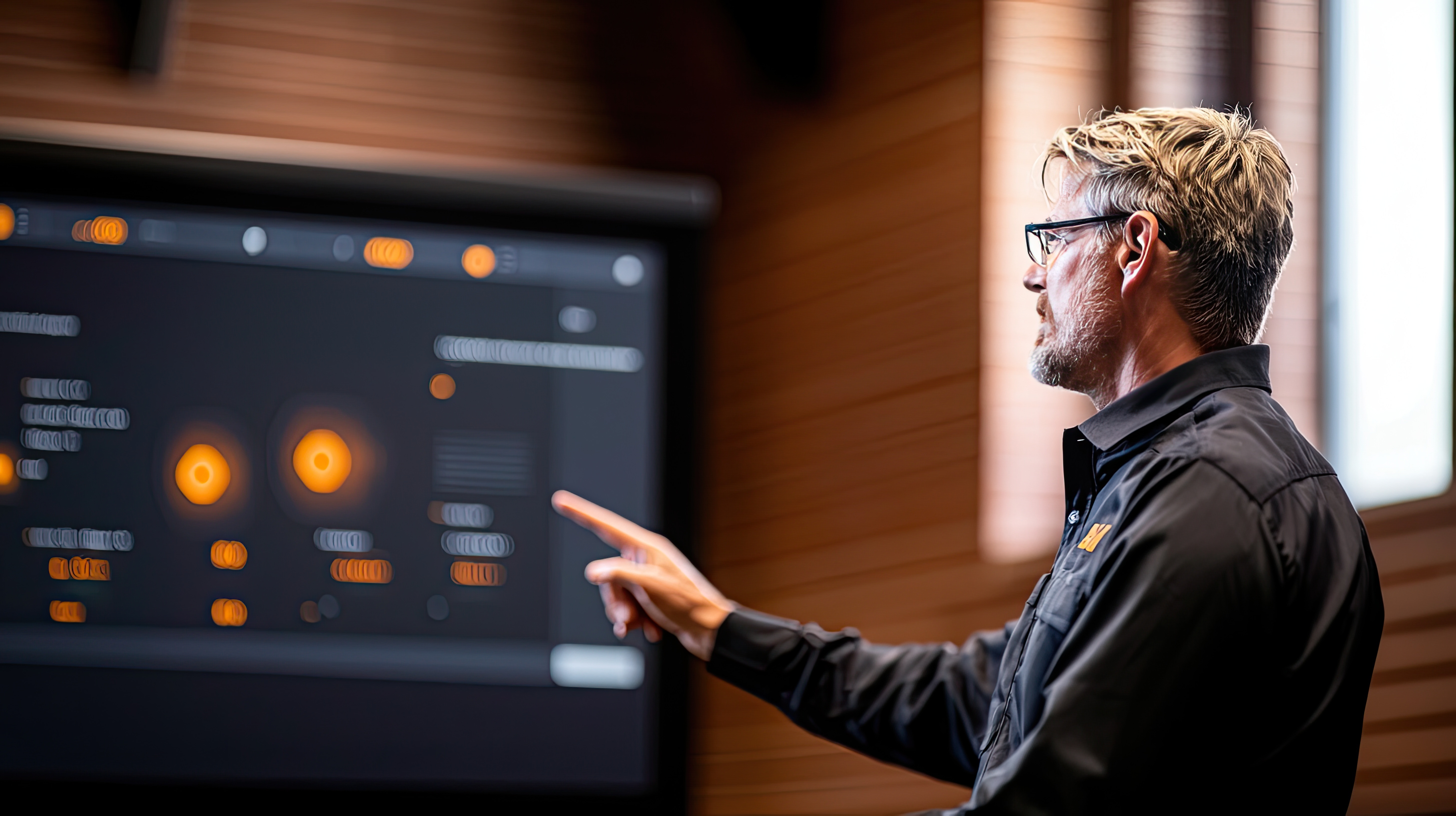
Blended learning is the term used for hybrid learning, combining both digital and face-to-face approaches to learning.
Typically, blended learning consists of learning techniques such as learning videos, animations, E-Learning modules, quizzes, face-to-face workshops, virtual sessions as well as group and individual sessions to name a few.
This approach provides the learner with the opportunity to understand the learning content and gain the knowledge required through different techniques based on their learning preference.
The benefits of blended learning.
As we continue to be more digitally focused across almost every aspect of our lives, digital learning has become a huge part of how we learn, especially since the COVID-19 pandemic.
Digital learning enables flexibility for us to learn at our own pace, in our own time, and sometimes while we’re on the go!

While digital learning is great for learners to gain knowledge and learn new skills quickly, blended learning offers additional support by having a “real-life human” who can answer any questions and perhaps explain things in a couple of different ways to ensure the learner understands everything.
Combining the two methods has proven to offer a better understanding for the learner, improving efficiency and effectiveness.
How to create blended learning?
A learning designer creates the blended learning content initially by understanding what the end goal is, and what needs to be achieved from the course.
They will “map out” the blended course, planning where the different digital and face-to-face aspects will go including what order it will follow, and which style of learning will be best suited for different parts of the course.
Once they have the learning plan, the learning designer will liaise with subject matter experts to gather the raw information, before writing the content, develop any digital aspects and put together any material for the face-to-face elements.
The best of both worlds
Studies have shown that blended learning offers more engagement for learners while offering the benefits and flexibility of digital learning and in turn, proved to be a highly effective way of learning with learners achieving better outcomes than purely digital or purely face-to-face methods.



